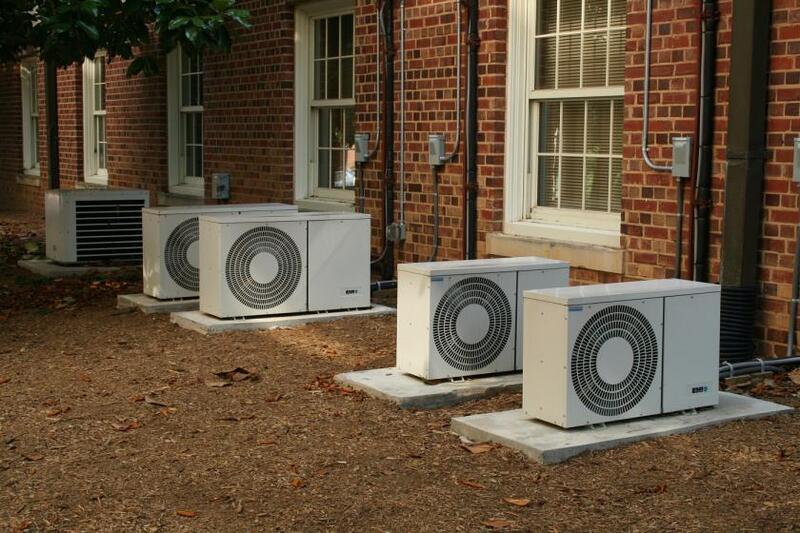
Report highlights 2 Egyptian projects among major clean energy ventures in N.Africa
A report by Energy Capital & Power highlighted two Egyptian projects – Suez Wind Power ...

Emissions from air conditioning and refrigeration are expected to rise 90 percent from 2017 levels by 2050. This increase would result in emission of 12 gigatons of carbon dioxide (GtCO2), equivalent to a third of our total emissions in 2017, the United Nations Environment Program warned.
Increasing temperatures and life-threatening heatwaves are a secondary threat in comparison with increased demand for air conditioning.
A new study published by Nature predicts that parts of the world will “smash” temperature records every year in the coming century, pushing communities and ecosystems beyond their ability to cope.
New analysis of extreme hot weather events shows significant climate change—with new peaks and increased frequency of extreme temperature events in the last few decades compared to the pre-industrial era going back over the past 2,000 years.
According to three recent studies, there has never been a period in the last 2,000 years when global temperature changes have been as fast.
The only way to turn down the thermostat is to protect existing forests and other natural carbon stores such as peatlands, and re-foresting new areas, especially within city spaces. While billions of trees have been planted, and the switch to renewable energy in many countries has been impressive, the world still has a very long way from stemming global heating, with all its dangerous consequences.
This summer, Europe has sweltered in its hottest ever July since records began, causing multiple deaths, closed offices and disruptions to flights and vital services. Wildfires broke out in the Arctic, with smoke-filled air swirling across an unprecedented area of Arctic wilderness.
There is growing public alarm that the world is overheating and increasing frustration at the lack of action to urgently tackle what has become a climate emergency.
“Wildfires in the Arctic can be catastrophic for our climate,” says the United Nations Environment Program’s peatlands expert Dianna Kopansky. “When permafrost peatlands thaw, dry out and burn, they release enormous amounts of carbon. Ash particles darken snow causing less sunlight to be reflected into space, and further increase heating. It’s a dangerous feedback mechanism to trigger.”
It’s estimated that the northern hemisphere’s frozen soils and peatlands hold about 1,700 billion tons of carbon—four times more than humans have emitted since the industrial revolution, and twice as much as is currently in the atmosphere.
A report by Energy Capital & Power highlighted two Egyptian projects – Suez Wind Power ...
The opening concert of the Annual Meeting 2025 in Davos-Klosters will address the pressing issues ...
Juhayna Food Industries proudly announced that its agricultural arm, El Enmaa for Agricultural Development, has ...


اترك تعليقا